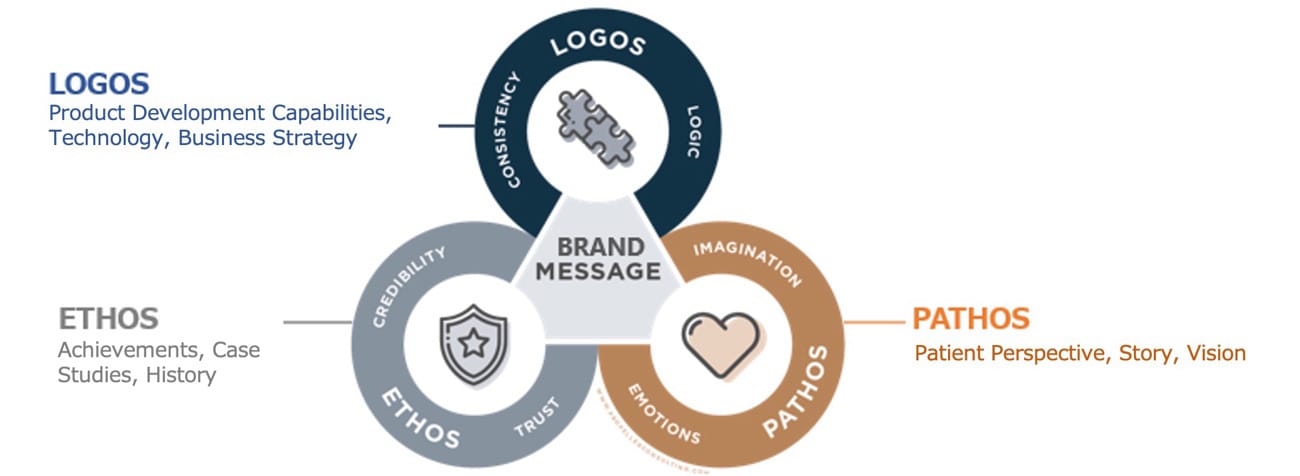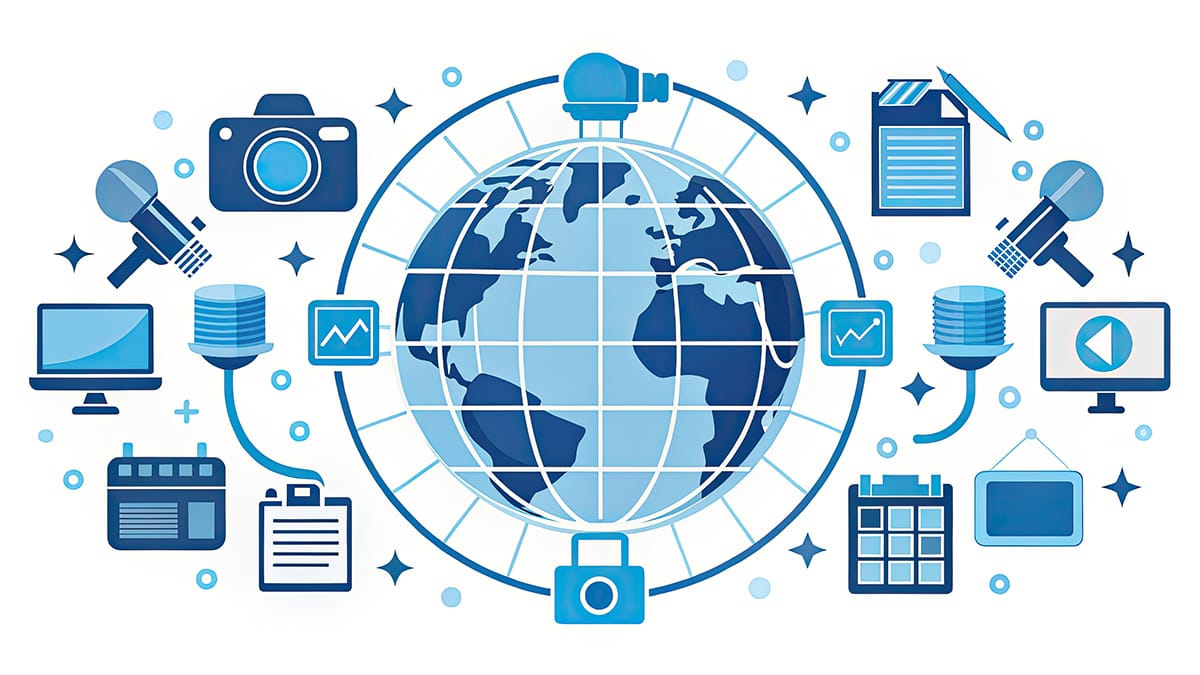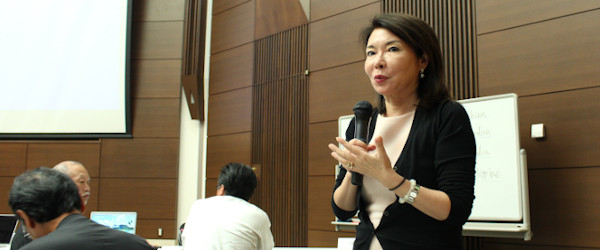It is often said that “businesses are public institutions.” The stakeholders surrounding companies have diversified, and businesses now face a wide range of societal demands. Consequently, scrutiny from society is intensifying.
A recent survey1 asked, “What do consumers consider to be the roles and responsibilities of companies?” revealed the following results: First place was “Providing safe, secure, and high-quality products, services, and technologies at appropriate prices (78%)”; second place was “Taking appropriate action when unforeseen events occur (59%)”; and third place was “Establishing and adhering to corporate ethics aligned with social ethics (56%).” These top three items may seem unrelated at first glance, but they are actually closely interconnected. As numerous real-world examples demonstrate, companies that fail to meet these expectations face severe criticism from society.
Media Influence and Role of Corporate Communications
Media relations in Japan are more complex than they may appear, where relationship-building and timing are crucial. To maximize their influence, it is essential to understand the characteristics of the media and prepare for appropriate communication.
While digital media such as SNS and news apps have grown rapidly in Japan, traditional media, including television, newspapers, and magazines, still wield significant influence. With their long-established trust, information-gathering capabilities, and broad reach, traditional media remain an important source of information, particularly among middle-aged and older demographics and in regional areas. For companies and government agencies, they remain indispensable when disseminating information widely or building brand image. Television, in particular, plays a major role in spreading information and shaping public opinion through its high-rated programs. Newspapers also maintain a loyal readership as trusted information sources, and their influence on politics and the economy cannot be overlooked. Meanwhile, SNS and news apps, with their immediacy and interactivity, especially among younger demographics, have dramatically accelerated the speed and reach of information dissemination.
In addition, Japan’s unique media environment presents distinct challenges for information disseminators. Practices and values, such as the press club system, herd mentality, and the culture of “reading the air”, differ from those overseas. Communicating without understanding these factors risks misunderstandings or backlash. Moreover, as digital and traditional media increasingly collaborate, awareness of information accuracy and reliability is rising.
Fostering Your Own PR Talent
Corporate communications serves as a window on society, playing a vital role in enhancing corporate transparency and fulfilling accountability. A significant portion of this involves disseminating information through the media. Scenarios may include distributing press releases, holding press conferences, conducting media briefings and interviews, or responding to individual media inquiries.
Planning and executing these activities require meticulous preparation, including:
- Defining clear objectives and goals to achieve
- Identifying the target audience
- Clarifying the messages and stories to communicate
It is also essential to clearly identify the company’s strengths, including the competitive advantages of its products, services, and technologies.
At the same time, it is critical to stay attuned to what the media and society are currently interested in and feed this knowledge back into the company’s PR strategy. Communication skills that enable effective interaction with all types of media professionals are indispensable, across national and local newspaper journalists, trade and weekly magazine writers, TV reporters, and freelance journalists.
How should we cultivate these abilities and develop personnel?
Many companies have gradually built up their internal PR systems by accumulating practice and experience while nurturing in-house talent. Some of those that came under severe public criticism turned those difficult experiences into valuable lessons to strengthen and enhance their PR systems and ultimately earn high standing. Today, however, with competition between companies growing ever fiercer, it is no longer acceptable to take the risk of developing PR capabilities through repeated failures.
Moving forward, it is essential to cultivate PR talent without taking such risks, by routinely conducting simulations and honing skills. This is precisely what “media training” entails. Moreover, the target audience for media training should not be limited to the PR department. Company leaders and department heads, who typically have less frequent contact with the media, should also take the initiative to undergo training, helping build a company-wide PR support system.
What COSMO Media Training Offers
COSMO’s media training is practical training designed to build optimal communication strategies tailored to Japan’s unique media environment. It is far more than “just practicing how to speak.”
The program comprehensively covers understanding Japan’s media landscape, building positive relationships with media professionals, mastering perspectives and expressions valued by the media (including body language and speaking style), developing skills to convey key messages accurately, and preparing for anticipated questions. When facing the media, challenging questions are inevitable, making the ability to calmly handle unexpected inquiries essential. Furthermore, unlike advertising, media relations in public affairs do not allow pre-approval of articles.
Media training provides a practical platform to acquire these skills through simulated interviews and role-playing exercises. It equips participants with strategic abilities to deliver precise messages and build brand image effectively.
In today’s information-saturated world, misinformation or inappropriate expressions can significantly damage the reputation of companies or individuals. Media training is therefore an essential investment to mitigate risks and maximize opportunities. While “sense” is often considered innate intuition or flashes of insight, “skills” can be reliably improved through learning and training, enabling concrete actions and measurable results. When reviewing or strengthening your PR systems, we recommend reaffirming the importance of media training and committing to it.
To learn more about COSMO’s media training, please contact us here.
This article focuses on training for “business as usual,” but COSMO also offers specialized media training for crisis communication scenarios. Feel free to reach out for details on both programs depending on your needs.
■参考文献
https://www.kkc.or.jp/release/?mode=show&id=191/




















